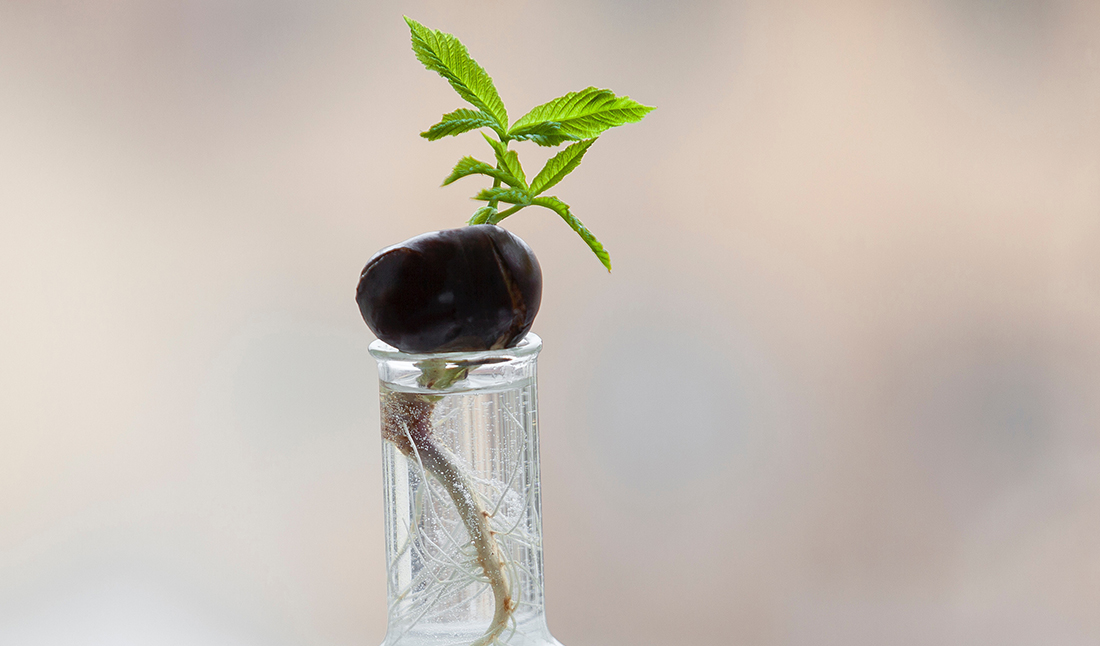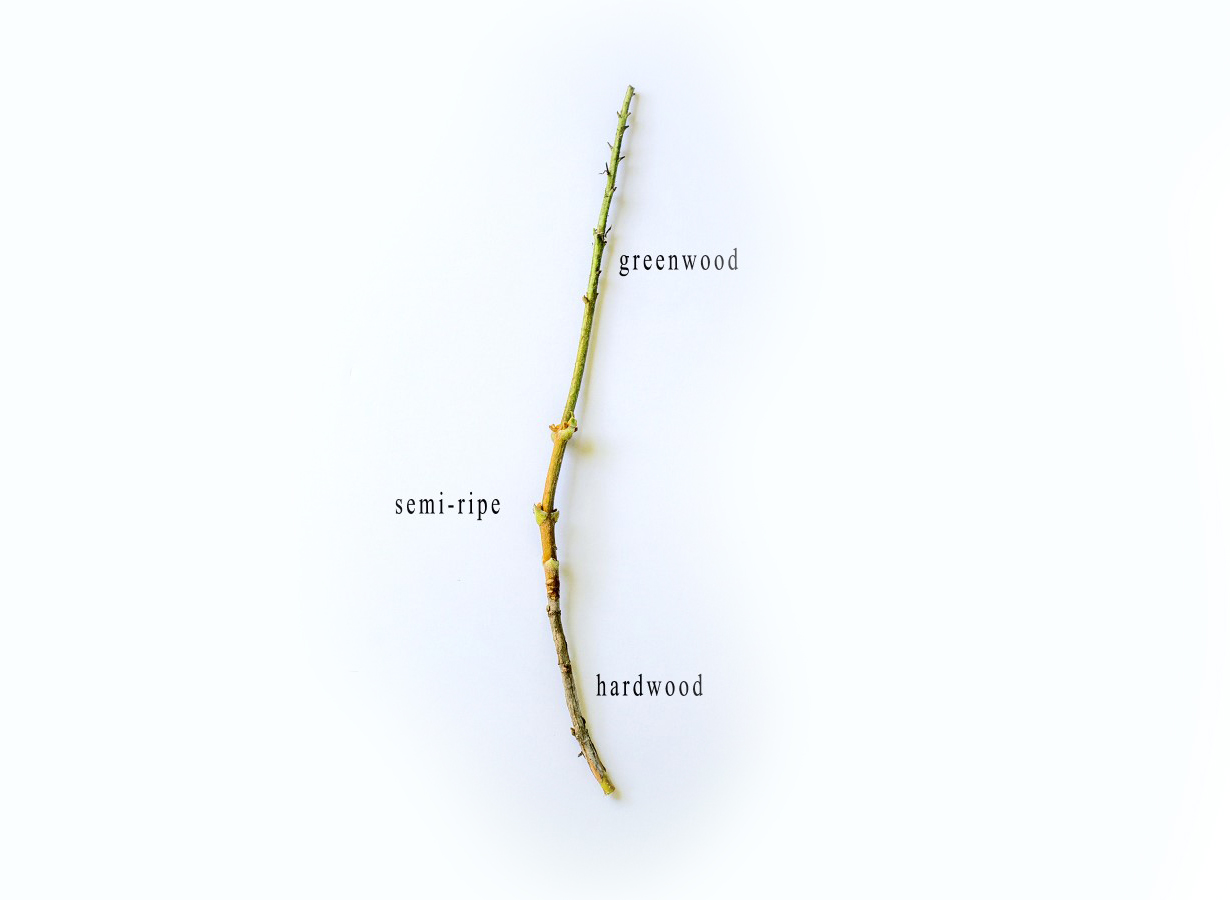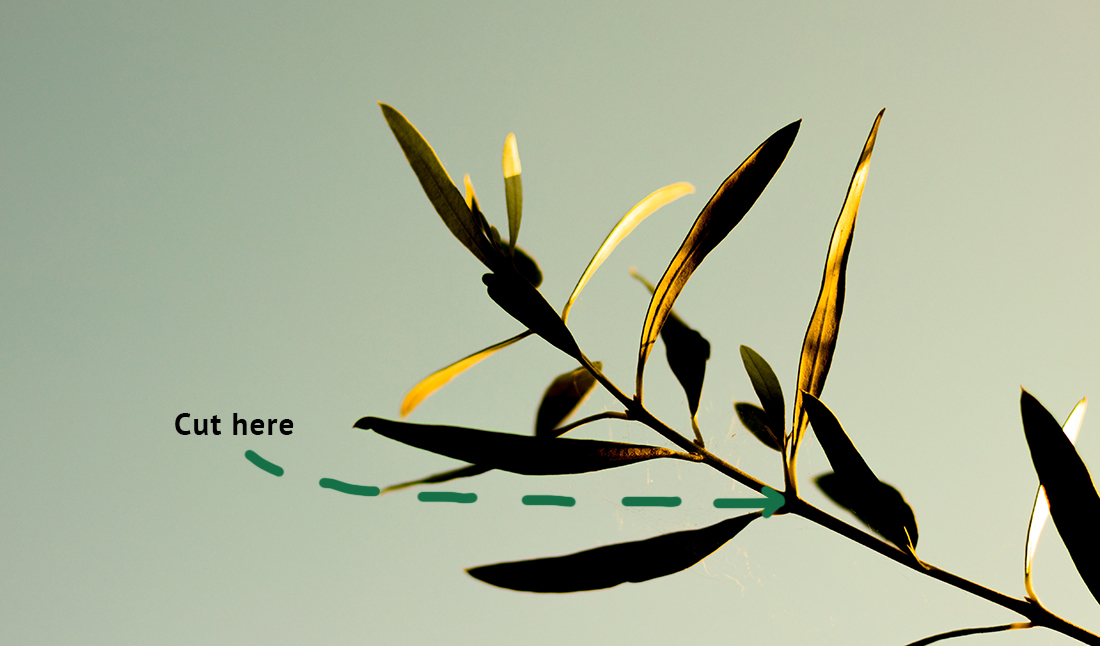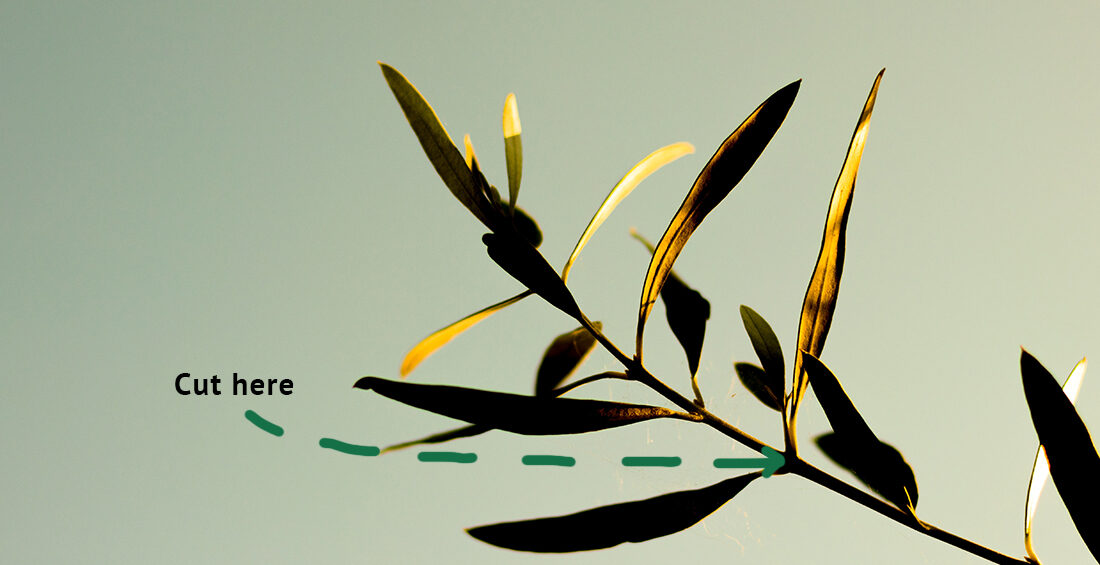How to Grow Plants from Cuttings
One of the best things about learning how to grow plants from cuttings is that you can enjoy a flourishing garden of full-grown plants in half the time that it takes to achieve the same when cultivating from seed. If you’re impatient for results and you’re the kind of person who likes to see things move along quickly, growing plants from cuttings will definitely appeal to you.
Having said that, you will need to have a fair amount of patience if you’re going to successfully cultivate a garden from cuttings. Not all cuttings are as quick to root as others, and most cuttings do need between one to two months in order to establish and strengthen their roots.

A secret gardening tip before we begin
Before we get into the details of growing tips, we strongly recommend you consider which type of plant pot you will use to grow your cutting in. Our advice would be to plant it in a fabric pot for best chances of survival. Fabric pots beat plastic and ceramic pots hands down in so many ways, especially when it comes to strengthening the plant growth of a cutting in the early stages.
One of the early killers of cuttings is too much water. Fabric pots are unrivalled when it comes to drainage, because excess water has the opportunity to pass through the sides and the bottom of the pots with ease. Fabric pots with handles, like the ones we manufacture at Spring Pot, are also really useful when cultivating cuttings, because they’re super mobile. If you need to shift the cutting into the shade, or change its location to improve its light and sun schedule, you just lift the handles up and move. Try moving a fabric pot without handles and you’ll find out just how difficult it is to keep the soil from spilling over the sides and disrupting the plant’s home in the process.
Different types of cuttings
Even though there are several types of cuttings that you can use to propagate your plants, most will flourish under the same circumstances and care. Softwood cuttings are taken from fresh, new growth. These are the kind of cuttings you can usually snip in spring or early summer. Greenwood cuttings come from young stems, which have already started to mature, but that are still within the first year of growth. Summer is usually the best time to snip cuttings of this kind.
If you’re going to snip a cutting at the end of summer or during the fall, it’s a good idea to opt for what’s called a semi-ripe cutting. These cuttings are tougher and a lot more mature than the other cuttings previously mentioned. If you leave your cutting activities until the winter, you’ll be collecting hardwood cuttings. These are woody stems that have gone dormant for the colder months. In case you were wondering what plants are good alternatives to take cuttings from, shrubs offer some of the most effective hardwood cuttings.

How to take a cutting and care for it, step by step
When you make a cut, whatever the plant and whatever time of year, make sure that it’s about 3 to 6 inches long and super clean. When the stem of a cutting is mashed or crushed, it makes it more difficult for new shoots to sprout and new roots to develop.
Once you have your cutting in your hand, remove the shoots that have sprouted on the lower half of the stem so that what you insert into the soil is completely bare. It’s also a good idea to dip your stem in some rooting hormone, as this will help the new roots to come through stronger and quicker.
There are two things you need to pay most attention to when growing plants from cuttings: how to water the cutting and how to plant it in the soil. Place your cutting in a moist combination of potting mix, sand, perlite, and vermiculite. Keep the soil moist and be careful not to pack in too much soil, as this can make it more difficult for new roots to develop and take hold.

A few final tips
For the best results possible, we suggest following these three basic rules:
- Take your cuttings in the morning, because plants are at their most moist at that time.
- Keep cuttings cool, moist, and out of direct sunlight until you’ve potted them.
- Spray your cuttings regularly, because the warm and humid environment will help them to grow faster and stronger.
And that’s about it. Have fun!








